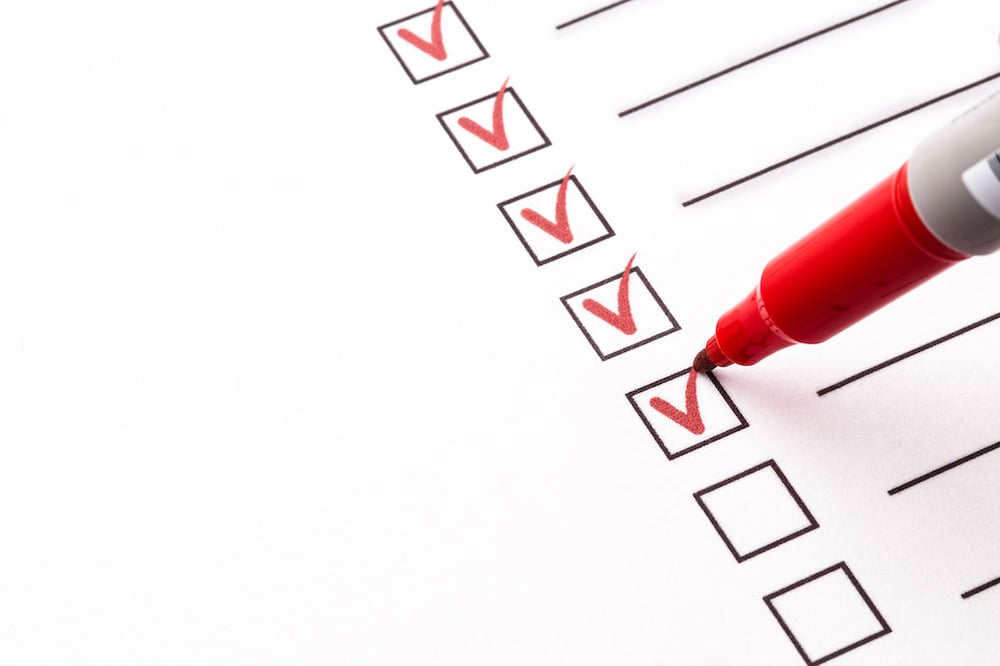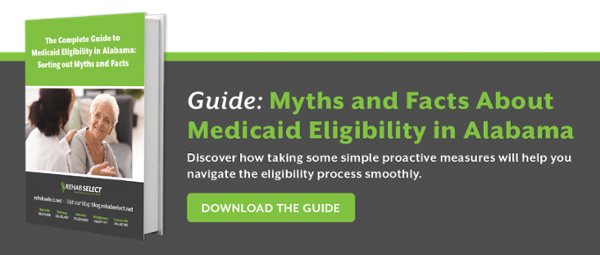This is the first of a four-part series exploring how to navigate the complex landscape of Medicaid eligibility with success.

Applying for Medicaid benefits can be a challenging process for families who are already dealing with significant stresses. It usually comes at a time when families are ready to put their elderly relatives in a nursing home. Children will be experiencing an overwhelming sense of sadness about the next stage of their parents’ lives and the very real prospect of monthly nursing home bills up to $10,000 or more.
The Medicaid process itself is complicated and requires a knowledge of many of the rules and exclusions that govern it. Ensuring that you are fully up to speed on what Medicaid requires will be important to getting coverage for your family member. To make Medicaid work for your family, a little planning and organization ahead of time make a big difference.
We spoke with our resident Medicaid expert Karen Golson to help you break down the Medicaid process, allowing you and your loved ones to gain clarity and control over your healthcare. Prior to helping Rehab Select patients navigate Medicaid, Golson worked at Medicaid for over two decades, and now she’s sharing her years of wisdom with you.
Let's examine the very first step in applying for benefits, gathering information.
Transparency about Finances
Medicaid requires applicants to provide proof of their income and assets in order to qualify. “One of the biggest challenges for gathering the necessary documents is that parents and grandparents no longer share information about where their money is with their families,” Golson says. “Your family member’s bank statements or copies of insurance policies may be hidden in a dresser somewhere in their bedroom or a shoebox that you would never suspect— or there may not be any hard copies. For many families, it is not organized or transparent.”
She advises families to become more aware of their elderly parents or grandparents’ financial life, for example, where they are banking, the life insurance policies they hold, and the properties they own. For each type of income or asset, Medicaid will require specific documents to verify it.
Even if you do know where the family member banks or bought their life insurance policy, locating a document to verify the source of income on behalf of the family member may not be possible legally. Golson recommends that families obtain the power of attorney, guardianship, or conservatorship for their parents or grandfather so that it’s legally easier to get access to the documents needed for the Medicaid application.
Medicaid Document Checklist
To prepare, you’ll want to gather the following important documents and information or have a conversation with your loved one to begin compiling them. Even if you are not seeking Medicaid eligibility at this moment, ensuring you know the whereabouts of the following documents can be a lifesaver in the event of a significant health event requiring Medicaid assistance.
- Identity – Birth certificate or driver’s license
- Citizenship - Every Medicaid applicant will need to prove their U.S. citizenship or legal residency. Full Medicaid coverage is only available to citizens and legal residents, while people who are not legal residents will only qualify for emergency services. If the person is married, they will also need to verify citizenship and identity for their spouse.
- Proof of Residence - Copies of your mortgage, lease, rent payment receipts, utility bills, or other documents that prove where you live
- Proof of Disability - Medical records documenting your disability
Income and Assets
- Income Most elderly family members ready to go into a long-term care or skilled nursing facility will have mainly retirement income rather than income from employment. Applying for Medicaid typically means proving:
-
Social Security – Letter from Social Security Administration
-
Government pensions – Income verification usually can be found on the government agency’s website
-
Private pensions – Check stub from current year or letter from the source
-
Self-employment – Schedule C on taxes
-
Deductions – Paystub to verify
- Property If the parents or grandparents have owned any real estate in the past five years, that property ownership must be verified through state of Alabama with a deed, will, tax assessments, or other qualifying legal documents. What qualifies as real estate? Real estate is essentially “dirt” and whatever sits on the dirt, Golson said, including anything attached to the property, such as a mobile home or other structure.
- If the legal document has only the parent’s name on it, then the property is considered 100% their asset. If the document has the parent and a spouse’s name on it, then it’s 50% their asset. In some cases, it’s a joint ownership, and the spouse has passed away, which makes the entire property the surviving spouse’s asset.
- Medicaid has some property exclusions. The property will not be counted as an asset given certain conditions, for example, if a spouse or dependent child still lives in the house. Mortgages on the property, including original, second, and reverse mortgages all must be accounted for.
- Personal Property Everything that’s on you, near you, or in your home is excluded unless they are considered antique or collectible. That means any furniture, appliances, clothing, and other personal items are excluded from the count of assets. The applicant and spouse can each have one car excluded, regardless of the value of the car, though a second car would be counted as an asset. Antiques and collectibles must be verified by a valid source as an antique or collectible and doesn’t typically include items such as your antique furniture passed down from your grandmother or the stamp collection you obtained for a personal hobby.
- Bank Accounts Your loved one will need to provide five years’ worth of statements from any banking institution they use, showing no large increases or withdrawals. Any bank accounts, stock, bonds, CDs, money market accounts, and investment accounts that can be liquidated for cash must not exceed $2000 in order to qualify for Medicaid. This level of income must go back five years, though recipients will usually only need to submit proof for three calendar months prior to the date they entered the institution.
- Life or Burial coverage This includes life insurance that carries a face value of more than $5000. Medicaid applicants must get proof of the cash value, which is the amount available after the insurance company deducts its fees and expenses. Medicaid allows $5000 for burial expenses, excluding anything directly related to laying them to rest, such as the lot, casket, vault, opening and closing, headstones, cremation, and the urn. Medicaid might require proof of your pre-planned burial contract or bonds to cover the burial expenses.
- Medical Insurance The applicant will need to provide a copy of the policy for any type of health, dental, or vision insurance, as well as proof of the premium amount and frequency of premium. Bank statements are also acceptable if the premium is automatically debited from the account.
Getting the Help You Need
We hope this brief guide has helped your gain more clarity about the Medicaid application process. Applying for Medicaid eligibility is inherently complex, so planning is critical to making the process as easy as possible for you and your family members. To learn more about how Rehab Select’s resident Medicaid expert can help you sort out the details, contact us here. Navigating Medicaid eligibility doesn’t have to be overwhelming — we are here to guide you through the steps.




